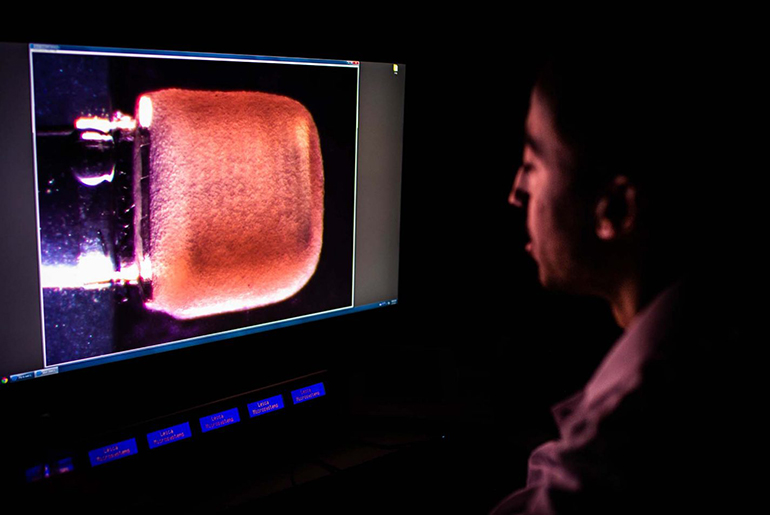No matter where we are in our lives, you’ll always find human beings trying to pursue a goal under some capacity or the other. This gives us a sense of direction that is crucial to our growth, but if we are being honest, the whole thing is way easier said done. You see, as we are moving towards something at all times, the methods we use for doing so tend to become stagnant after a point, therefore forcing us to look for new ones, and that can be a tedious process in itself. Fortunately enough, the effort required here comes with a proportionate reward, and the same is validated by our discovery of technology. While technology arrived on the scene as a tool smarter than anything we had seen before, it was really its expansive nature that did the trick. The creation was able to excel in every possible area, thus setting the stage for a complete takeover. Now, the stated takeover would produce gazillion beneficiaries along the way, but a notable one among them is going to be our healthcare sector. Technology’s foray into healthcare came at a time when the sector badly needed some tweaks. Nevertheless, creation ended up doing much more than just a few alterations here and there, as soon enough; we were into a whole new era of healthcare. In fact, this ingenious dynamic has continued to grow since then, and a recent development provides it with a perfect next step.
The researching team at Boston University has successfully engineered a heart chamber on a chip, which is designed to mimic the workings of a real chamber, and therefore help in regards to discovering new cardiac treatments. Named as “miniaturized Precision-enabled Unidirectional Microfluidic Pump” (miniPUMP), the chamber is purposed around cardiomyocytes that are generated from induced pluripotent stem cells and small acrylic valves. These cardiomyocytes are basically the muscle cells of a human heart, so once they are used in conjunction with an acrylic scaffold; it paints a very personalized picture of someone’s cardiac health, thus paving the way for a more focused treatment. According to certain reports, the resulting template from this technique can also be used to study other organs on a granular level.
“We can study disease progression in a way that hasn’t been possible before,” said Alice White, a researcher involved in the study. “We chose to work on heart tissue because of its particularly complicated mechanics, but we showed that, when you take nanotechnology and marry it with tissue engineering, there’s potential for replicating this for multiple organs.”



















